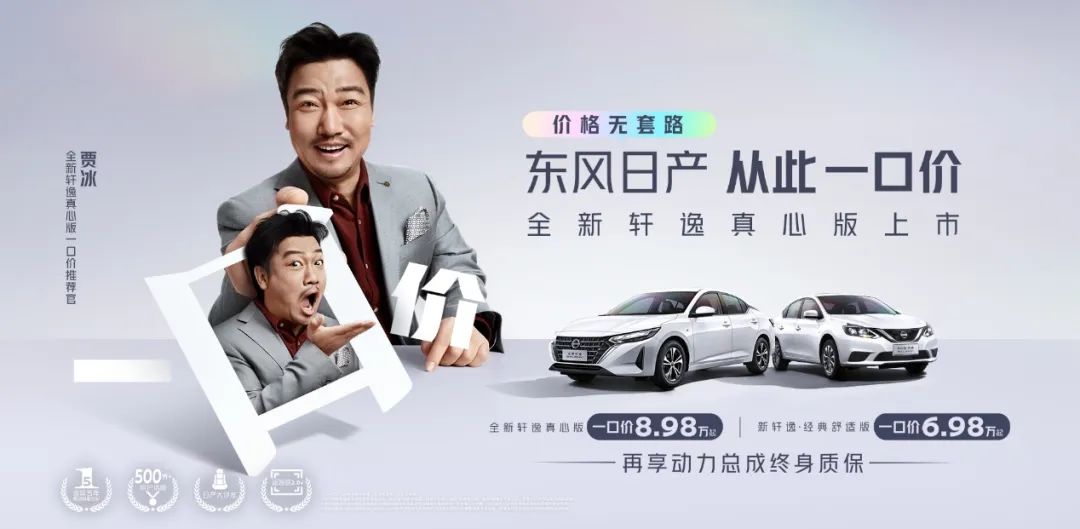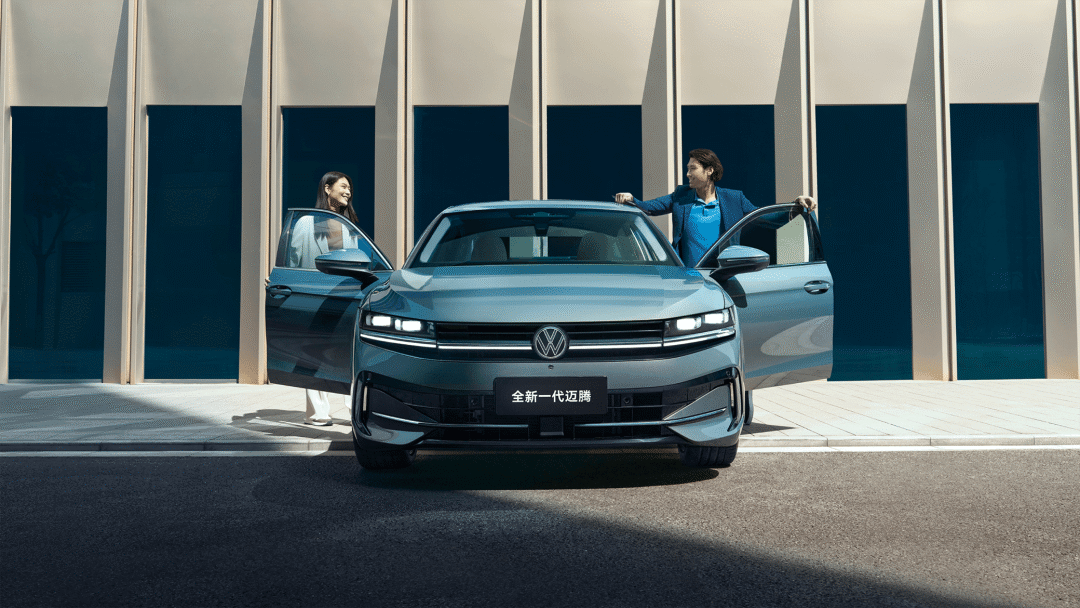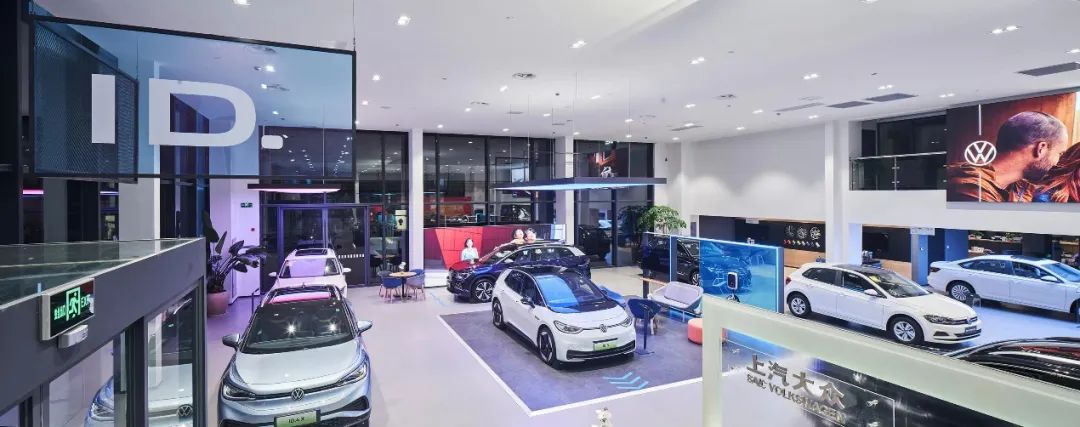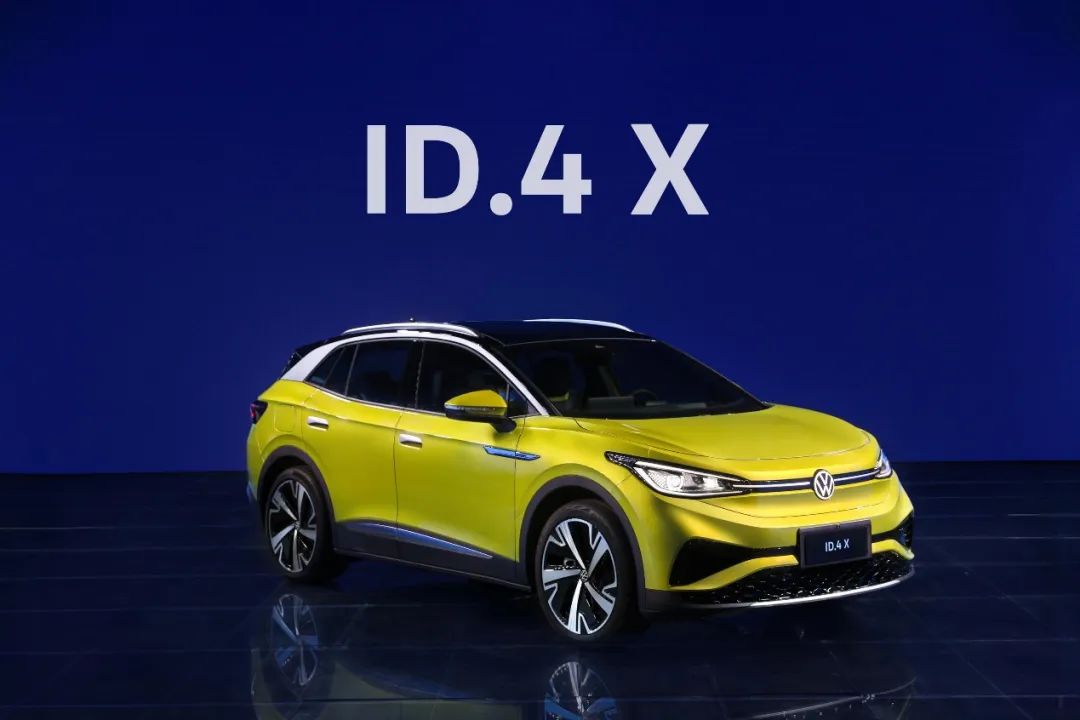Joint Venture Cars Embrace 'Fixed Pricing': Can This New Marketing Model Save Them?
![]() 02/26 2025
02/26 2025
![]() 554
554
Introduction | Lead
As domestic new energy intelligent vehicles continue to compress the market space of joint venture cars, once-high-end joint venture brands have resorted to various methods to 'save themselves.' However, previous successive promotional activities have yielded unsatisfactory results. Facing the transparent pricing of new energy vehicle models, consumers prefer a hassle-free shopping experience without negotiation, prompting joint venture cars to adopt the 'fixed price' model.
Produced by | Heyan Yueche Studio
Written by | Cai Jialun
Edited by | He Zi
1742 words in full text
3 minutes to read
Before the introduction of the 'fixed price' model by joint venture auto companies, despite the proliferation of preferential policies and a protracted price war spanning nearly two years, the strategy of exchanging price for market share failed to yield improvement. The traditional price reduction tactic no longer attracts young consumers, who are weary of dealership tactics. Thus, the 'fixed price' model emerged as a timely solution, becoming a notable phenomenon in the post-new energy vehicle era.

△Joint venture cars successively enter the era of 'fixed pricing'
Joint Venture Cars Seek a Path Amid Challenges
The rapid electrification and intelligence of automobiles have significantly reshaped the domestic auto market. The rise of domestic independent brands has had a profound impact on joint venture cars. According to the latest data from the China Association of Automobile Manufacturers, domestic independent brands sold 1.459 million passenger vehicles in January, accounting for 68.4% of the domestic market share. Evidently, joint venture brands' market share has dwindled to less than 40%, a stark contrast to their market 'monopoly' a decade ago.
Joint venture cars once relied on labels like 'German quality,' 'Japanese durability,' and 'American solidity' to win over consumers, making them the preferred choice for many. This also justified their high premiums. However, domestic consumers now favor high-cost-performance domestic cars. Independent brands have made rapid strides through electrification technology and intelligent innovation, surpassing joint venture cars in some configurations and performance. Consumers frequently compare joint venture cars with domestic counterparts of similar levels or prices, finding that the former's labels are no longer appealing. Domestic cars are redefining family car standards with intelligence. Consequently, from Citroen C6's price halving to kickstart the joint venture price war, the entire market has plunged into a cascade of price reductions. Even many joint venture B-segment cars have lowered their prices, with the Nissan Teana at a fixed price of 127,800 yuan, Volkswagen Magotan at 149,800 yuan, and Hyundai Sonata at 119,800 yuan. While these reductions have boosted sales, they have also diluted joint venture cars' brand value, making them less of a status symbol and reducing brand premiums.

△Magotan-represented joint venture B-segment cars have successively launched fixed price policies
Price Transparency Spurs Service Transformation
The fixed price model of joint venture auto companies has significantly impacted dealers. Traditionally, auto 4S stores' profitability relied on opaque price negotiation spaces and financial policies like insurance and loans. Manufacturers' guidance prices had little reference value, meaning different users paid varying prices for the same configuration, receiving different gifts. The fixed price policy has reduced dealers' profit per vehicle. Salespeople can no longer persuade consumers to spend more, no matter how eloquent their speech.
The traditional dealer service model is here to stay. Transparent prices force auto 4S stores to attract customers with better service attitudes and experiences. Previously, some dealers in the same area would lure customers with lower prices, but fixed prices have nullified this advantage. Service attitude and work efficiency have become crucial dealer performance metrics. Some auto companies have optimized the new fixed price model. For instance, SAIC Volkswagen shifted from a single sales volume assessment to a 'sales volume + service' dual indicator, with service accounting for half the weight. Additionally, the assessment shifted from wholesale to retail volume, reducing dealers' inventory pressure and economic burden.

△SAIC Volkswagen has optimized dealer assessment criteria
The Fixed Price Policy is Not a Panacea
If joint venture auto companies rely solely on the fixed price policy to regain peak sales, they may be disappointed. This policy is merely a new tactic amid a prolonged price war, but short-term significant price reductions will damage joint venture cars' brand value. Over-reliance on price reductions to gain market share will continue to diminish joint venture cars' status in the Chinese market.
For many joint venture brands, surviving the fiercely competitive Chinese market requires accelerating electrification and intelligence while exploring differentiated competition and enhancing service and after-sales. The current auto market is not just about price competition but also about technology, products, and intelligence. Technical shortcomings and an incomplete user service ecosystem will lead to auto companies' elimination. Thus, the fixed price policy is not a one-stop solution. Continuous breakthroughs are still needed.

△Joint venture brands still need to accelerate their electrification process
Comments
For joint venture brands, the fixed price policy is a desperate measure amid shrinking market share, but it can boost sales in the short term. However, facing domestic independent brands' rapid iteration, if fixed price models fail to improve quality and blindly pursue price reductions, they will struggle to find a way out. To gain a firm foothold in the future, auto companies need excellent electrification and intelligence technology along with a comprehensive user ecosystem. This transformation affecting the entire auto market is both a litmus test and a rebirth opportunity for auto companies.
(This article is originally created by 'Heyan Yueche' and cannot be reposted without authorization)







